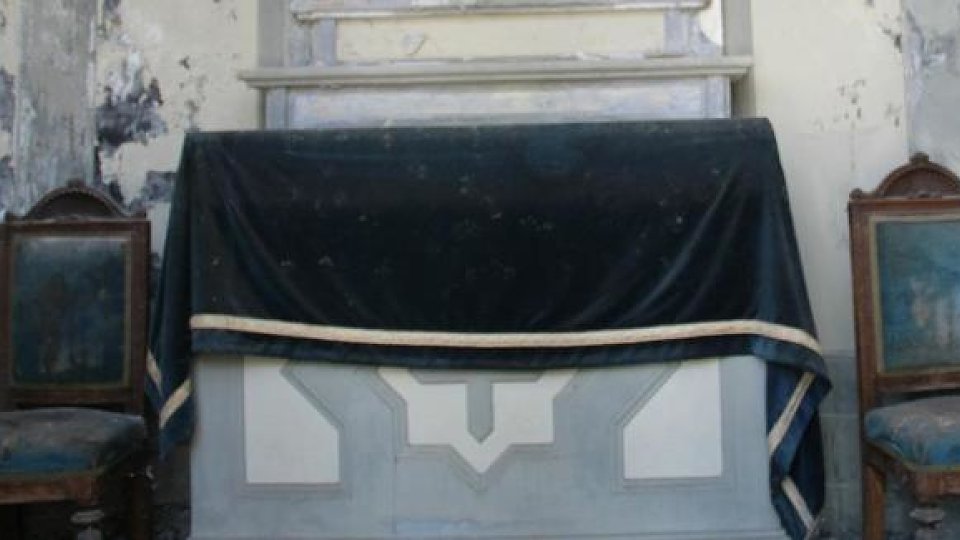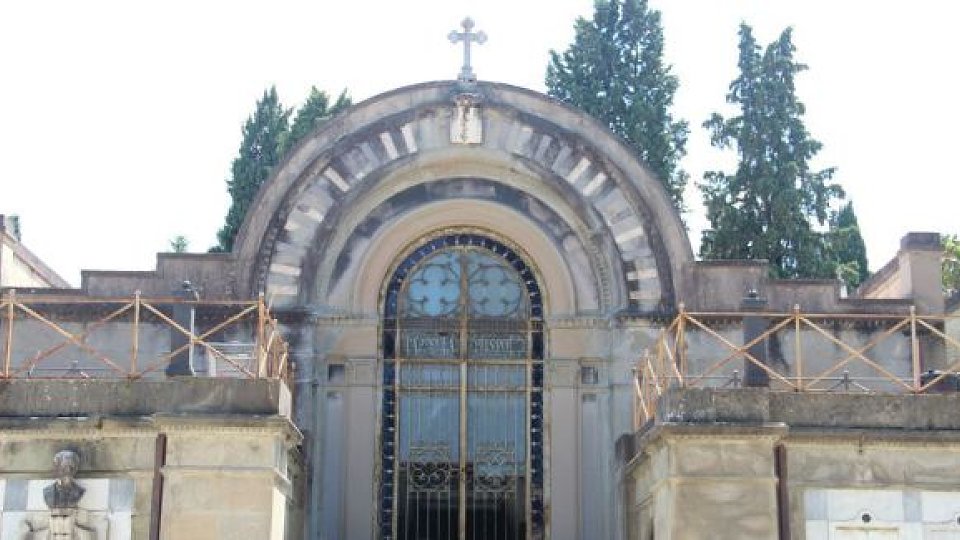How to Have a Good Death
Have you ever thought about how you hope to face your own death when the time comes? What witness do you hope to make as you approach death, and subsequently at your funeral? We've each got a lifetime to prepare for our own death, but few of us take the time to think about it.
The early Methodists spoke a lot about how to have a happy or good death. I've always hoped that I would approach my own death, particularly if it was untimely, with faith and courage. I hope my best sermon will be the one I preach by my actions as I live my final days and that people will say, "It really was true, he not only believed it, but was counting on it."
I would hope my death would be a celebration of the hope I have in Christ. I intend to write a few things down for my kids and for LaVon that I hope someone will read on my behalf. When it comes to music, I'll want “Be Thou My Vision” and one of several other hymns played and sung. If I die in an accident, I hope my organs can be used to help someone else live.
These are the kind of things you should think about as you consider what constitutes a good death.
I discovered during my recent time in Italy that death and how one is remembered after death was a pretty big deal for the Italians during the Renaissance. Churches have chapels all around them paid for and designed by the rich and famous so that they could be buried in them. Michelangelo and others made a great deal of money adorning these graves. The Medici family had an entire church built just to house their tombs - an Italian Renaissance version of an Egyptian pyramid.
The cemetery at San Miniato (see photos) sits atop a hill overlooking Florence. We hiked there one day and walked among the tombs. The largest of these belonged to a family that must have either died out or moved out of Florence years ago. The central shrine is built to honor a man and his family who are buried within the mausoleum. (You can see the exterior in the photo with the cross at the top.)
But the glass behind the wrought iron doors has been broken for years. Mold grew on the walls. The plaster was falling off. The two fine chairs on either side of the altar were slowly rotting in the elements. And the altar cloth on the table behind the wrought iron doors had cat prints all over it from the cats that had come through the broken glass to find refuge from the rain and storms inside the mausoleum. (You can see the interior in the photo that shows two chairs.)
I was struck by this image. This family, once wealthy and powerful enough to build the biggest mausoleum in one of the most prominent cemeteries, has long since been forgotten and their mausoleum has become a refuge for stray cats.
Here's the point I took away from the San Miniato cemetery: fifty years after your death you will not be remembered here anymore. The size and beauty of your cemetery plot won't matter. What matters is that we live faithfully today and that we trust in Christ and seek to do his will. Our cemetery plot is not a lasting memorial to our lives. It is our actions for Christ and our work for others that leave a legacy in the lives of those we touch.
I contrast the memorials of the rich and famous of Florence with John Wesley, the founder of Methodism, who at his death insisted that beggars be hired to act as his pall bearers and that the last of what he had be given away to help those in need. His legacy was not a stone monument, but the impact he had on others and for the cause of Christ.
So, how can one have a good death?
In the final sermon of the series, Good Grief: Facing Death with Hope, Pastor Steve Langhoffer helps you think through what this looks like. Listen to "The Art of Dying Well" here.
And to help you prepare in advance for whenever your death occurs, we offer links on Resurrection's website to several helpful planning tools.
Memorial Service and Funeral Planning
You may also find these related blog posts interesting:
Will Fido and Fluffy Be in Heaven?
More Questions About the Afterlife





Comments
blog comments powered by Disqus